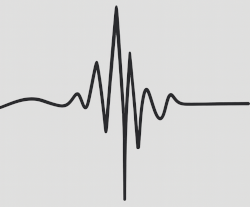August to September 1157 CE Hama and Shaizar Quake(s)






Ibn al-Qalanisi
wrote that on 12 August 1157 CE, “a very violent earthquake, the like of
which had never occurred before, occurred at Damascus,” with shocks
continuing for a long time. He added that people fled houses, shops, and
covered markets, fearing for their lives. The shocks, according to
al-Qalanisi, “affected many parts of Damascus, and caused the mosque of
Damascus to fall, together with such a large quantity of mosaics and
marble plaques.” He reported further shocks over the following days. On
16 August 1157 CE, al-Qalanisi wrote that “an awful earthquake occurred
which sowed terror among the people.” This was followed by many more
shocks over the next several days.
as-Suyūṭī
provided a nearly identical account, almost certainly using
Ibn al-Qalanisi
as his source. He recorded that on 12 August 1157 CE, “a very violent
earthquake, the like of which had never occurred before, occurred at
Damascus,” with shocks continuing for a long time. He noted that people
fled houses, shops, and covered markets, fearing for their lives. The
shocks, according to as-Suyūṭī, “affected many parts of Damascus, and
caused the mosque of Damascus to fall, together with such a large
quantity of mosaics and marble plaques.” He also reported additional
shocks over the following days. On 16 August 1157 CE, as-Suyūṭī wrote of
another shock, “an awful earthquake” that “sowed terror among the
people.” Many more shocks followed in the succeeding days.
Ibn Taghri Birdi
reported that in August 1157 CE, according to
Ibn al-Athir,
violent earthquakes took place in Damascus and other parts of Syria.
However, no damage was described in Damascus, and no injuries or
fatalities were mentioned. Damascus is also not listed among the cities
affected in the extant versions of
Ibn al-Athir.

